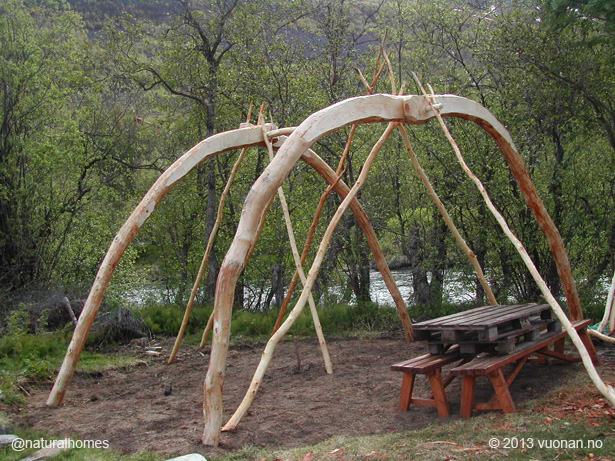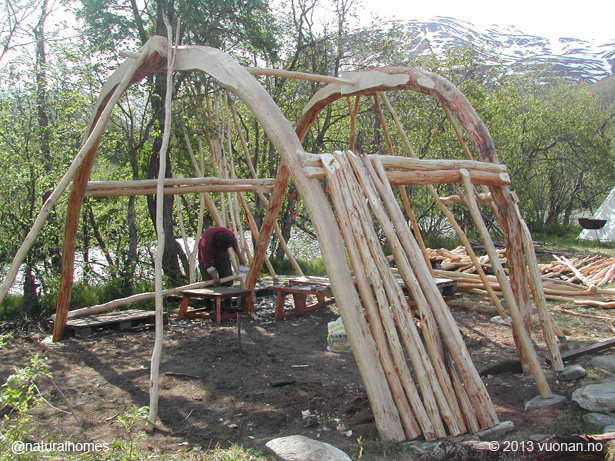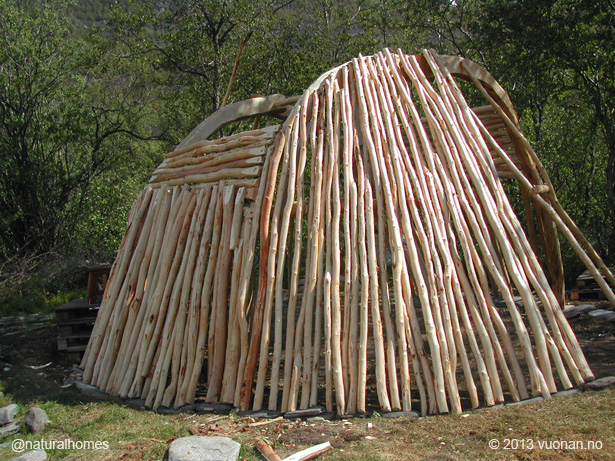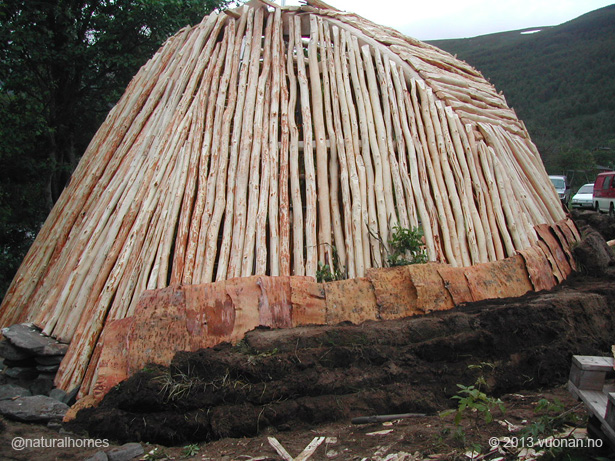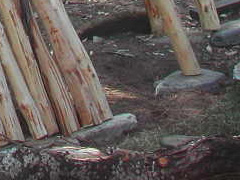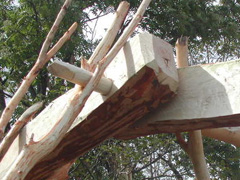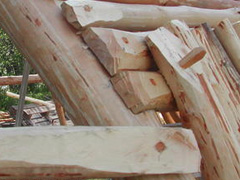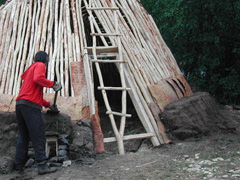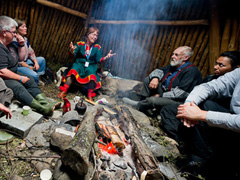Treehouses Around the World.
|
|
| |
|
|
|
|
One thing we all seem to have in common is we all love
treehouses. You can find all of the treehouses in this collection
plus many others in this
Natural Homes album on our Facebook page. |
|
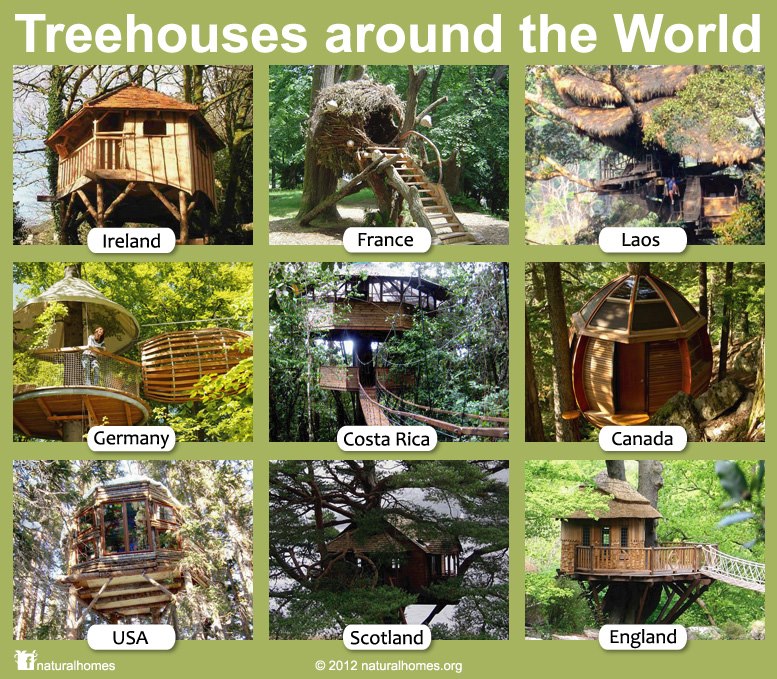 |
|
|
|
|
|
|
|
|
|
|
|
|
|
|
|
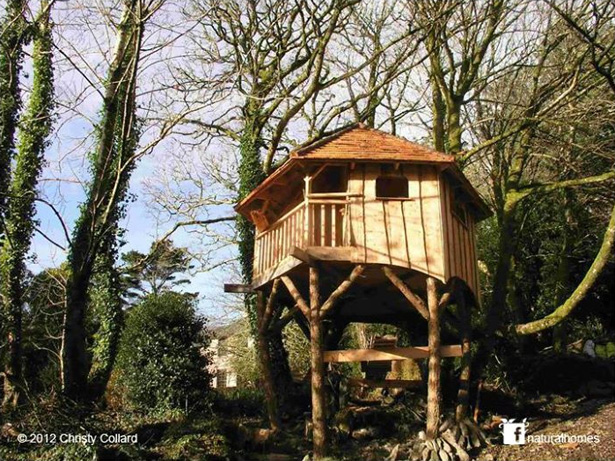 |
|
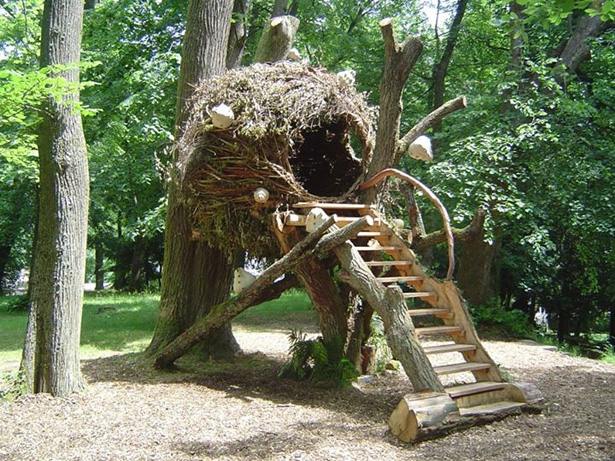 |
|
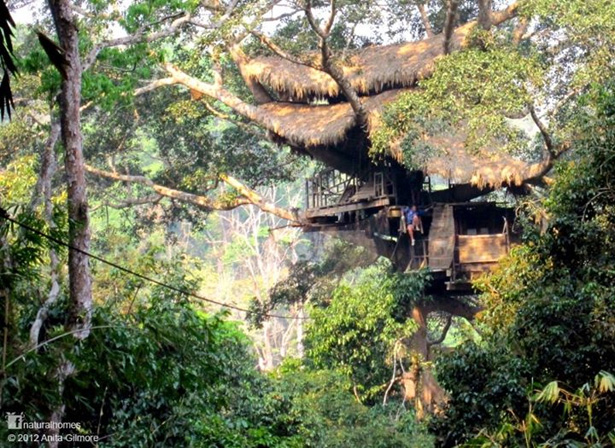 |
|
| |
|
|
|
|
|
| This beautiful treehouse is by Christy Collard
from Cork, Ireland. Christy specialises in organic, spiral
designs. His
facebook page is at and deserves far more than the 265
Likes it currently has. You can read about his work at a small
reforestation project in
Lalibela, Ethiopia where he created some beautiful spaces. |
|
This is 'La Cabane Cocon' (The Cocoon
Treehouse). It uses a light steel framework to support the woven
branches but otherwise it natural. The same structure could be
built with a bamboo frame or similar. It was built by Jean-Yves
Behoteguy, a French 'sculpteur sur bois' (sculptor of wood).
Here's a video of 'La
Cabane Cocon'. |
|
This is 'The
Gibbon Experience', a lush and peaceful jungle where you can
learn how to find fresh water in the vines and which flowers and
plants are edible. The treehouse is on three levels, three
bedrooms, a living room/kitchen area and a bathroom all accessible
by zip lines. |
|
| |
|
|
|
|
|
|
|
|
|
|
|
|
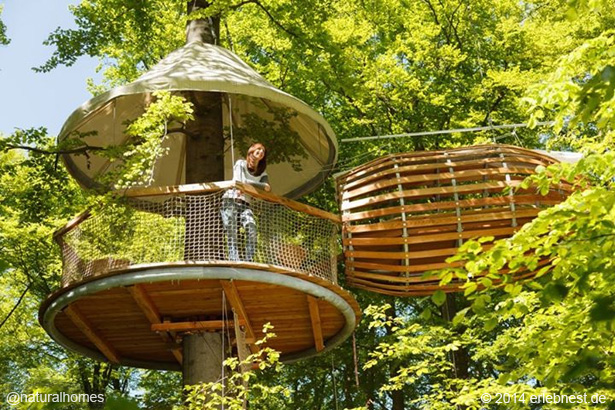 |
|
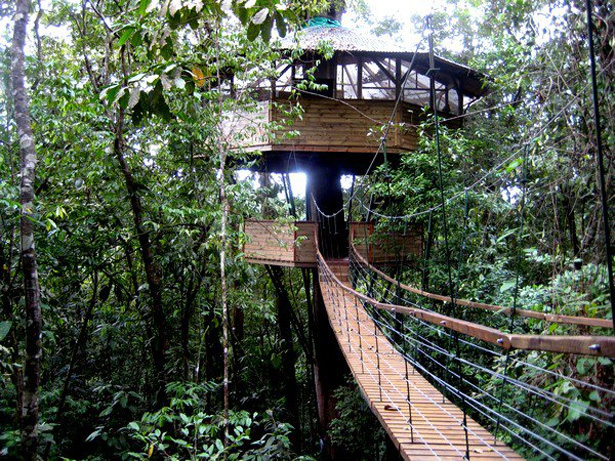 |
|
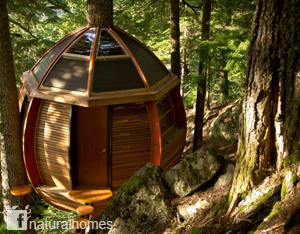 |
|
| |
|
|
|
|
|
| This is probably the least invasive version of
a treehouse being supported by straps from higher branches rather
than anchored into the trunk of the tree. It's a design from
ErlebNest
who also sell components to make your own
treehouse.
The cocoon like part of the design is a sleeping pod that has a
canvas to cover the top if you're not quite ready for a night
under the stars. |
|
Finca
Bellavista is a residential treehouse community for about 100
people in the south Pacific coastal mountains of Costa Rica. Its
23 treehouses and 27 zip-lines are set in a rustic, comfortable,
solar and hydro off-grid retreat of 300 acres of forest saved from
the loggers. Here�s more about the community on
YouTube with a gallery of their
treehouse pictures. |
|
This
Hemloft was made using reclaimed materials, some of which came
from
Craigslist. Like all unique shelters this treehouse, by
carpenter Joel Allen, was a labour of love. Even with good
knowledge of the woods where it stands, it took Joel months to
find just the right tree. The egg shaped bubble, wrapped around
the trunk of the tree, is reminiscent of the
Yellow treehouse in New Zealand. |
|
| |
|
|
|
|
|
|
|
|
|
|
|
|
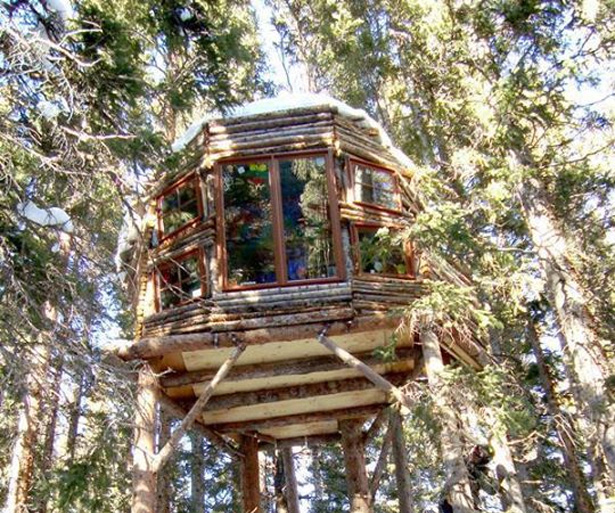 |
|
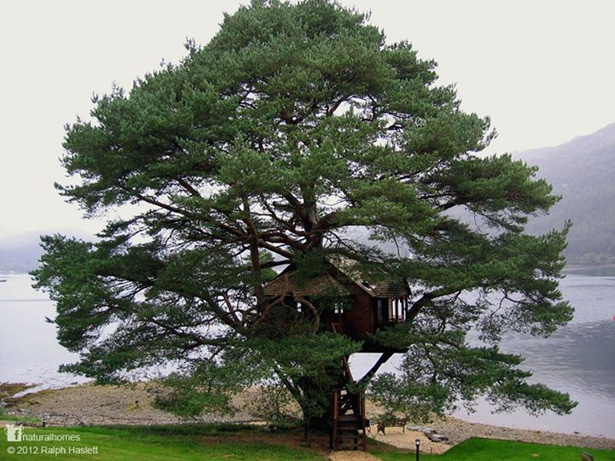 |
|
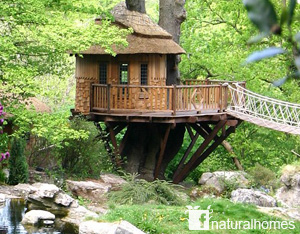 |
|
| |
|
|
|
|
|
| This treehouse was discovered by
Joseph
Ebsworth who has set himself the task of finding all the
hidden treehouses and huts in the woodlands and forests of ski
areas. Happily their location will be kept a secret but if you
give his blog a visit from time to time you're bound to be
entertained by his latest discovery. This particular treehouse in
Breckenridge, CO, USA was built with all natural and reclaimed
materials from the area. |
|
This is a POSH (Port Out Starboard Home)
treehouse built by The Treehouse Company for
The
Lodge, a five star hotel on the banks of Loch Goil deep in
Argyll Forest Park in Scotland. It's used for dinning with a
wonderful view of the loch while snuggled up to its wood burning
stove. Photo with kind permission by
Ralph
Haslett |
|
This is Cliffside Lodge treehouse built by
Blue Forest.
The treehouse sits in a very English garden near Bristol
sensitively hugging an oak without anchors in the tree. The
thatched treehouse, covered with hand cleaved oak shingles, stands
on a ringbeam supported from the ground on stilts. If you were
lucky enough to visit this gently beauty you would see the
magnificent views of the imposing
Clifton
Suspension Bridge. |
|
